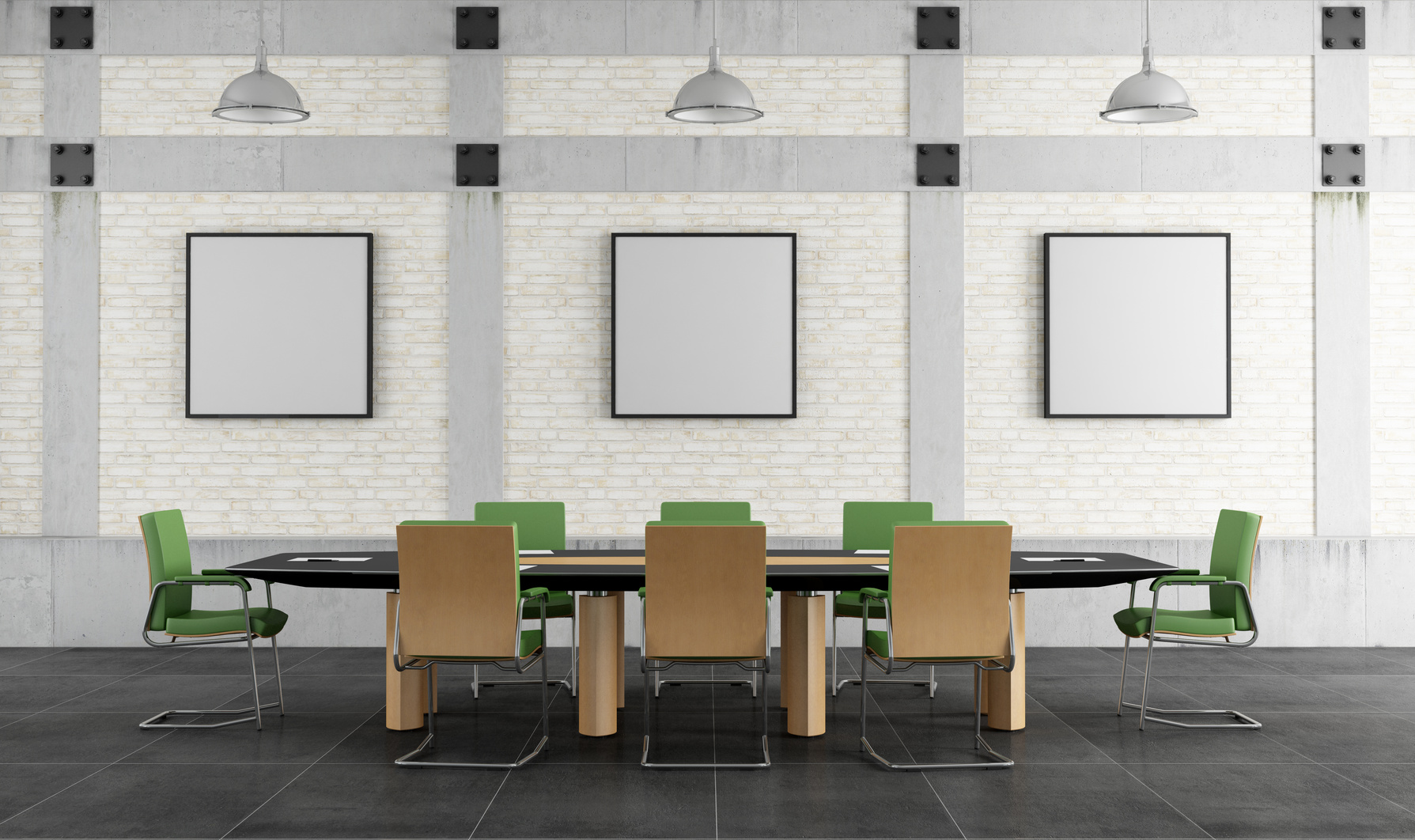
In part two of our series on creating meeting utopia, we’re going to look at the room’s contribution to optimal outcomes. Last week, we started with an overview of four components: the room, people, technology and time. Here, we’ll dive deeper into how specific factors in the setting of your meeting can help construct its success, or ultimately detract from anything productive being accomplished – sometimes before you even get started.
Air quality
Let’s go from top to bottom, first with air quality. Are you meeting indoors, outdoors? Is there air conditioning? If so, what temperature should you have the room at? Take a look at temperature. Meeting rooms are often considered to have a “Goldilocks” syndrome when it comes to warmth — the room is often either too hot, too cold, but rarely just right.
Research shows that colder rooms lead to not only greater discomfort, but less efficiency. A study from Cornell University found that when temperatures dropped to around, or below, 68° Fahrenheit (20° Celsius), employees saw a 44% increase in mistakes over rooms set around 77° F (25°C). The resulting costs were about 10% higher for employers… per hour, per employee.
However, another study of university students asked to select a phone plan based on cost efficiency in a cool (66° F or 19°C) vs. warm (77° F or 25°C) setting, found double the success rate in choosing the right plan for those in the colder rooms. This gives some merit to Facebook founder, Mark Zuckerberg’s, opinion that near arctic conditions help to focus the mind and tackle difficult scenarios.
Lighting
There is another type of temperature that can dull the senses, or distract them. That’s the colour temperature of your office lighting. Higher colour temperatures are considered “cooler colours” — appearing blue-white. These “cooler colors” have been found to improve productivity.
Furthermore, natural light from the sun can have a multitude of benefits on health and productivity. Office workers with more exposure to natural light sleep longer at night, and show increased alertness, energy and productivity. On the flip-side, florescent lighting has been found to cause eye strain and migraines. This makes it harder for people to focus and ultimately diminishes overall productivity.
Seating
But let’s get our head out of the clouds and bring this back down to earth—more specifically, where you sit. Seating layout literally sets the stage for the type of interaction you expect to have and will dictate how people participate in your meeting, if at all. First consider the desired outcome of your meeting: Are you looking to present results? Have a collaborative brainstorm? Something in between? Set your room accordingly. The more you want people to interact and work as peers, the more level you should make all aspects of the seating. From the shape of your table to the number of seats available, all matter. This leads to another topic around the people you should invite – to be tackled in our next blog.
Extras
Within that room setup you should also consider supporting elements, such as presentation materials, technology inclusion and power needs, as well as if refreshments will be provided. If so, when will it be included? Will these items be at the centre of the table, or along the side of the meeting room?
Whatever your preference, it’s clear that there are many factors that will either guide your meetings to greater success, or lump them into the huge chasm of time wasters that fill the average work day. Consider your objectives and they will lead you to the best layout for your desired outcome.
Next week, check back as we tackle one of the most quizzical aspects of the day-to-day work meeting, but clearly the most necessary — the very people in attendance.
Read other posts in this series:
- Finding meeting utopia: what does it look like?
- Finding meeting utopia: the people
- Finding meeting utopia: the technology
- Finding meeting utopia: the time
Follow us on Twitter and LinkedIn for more content around remote meetings.









